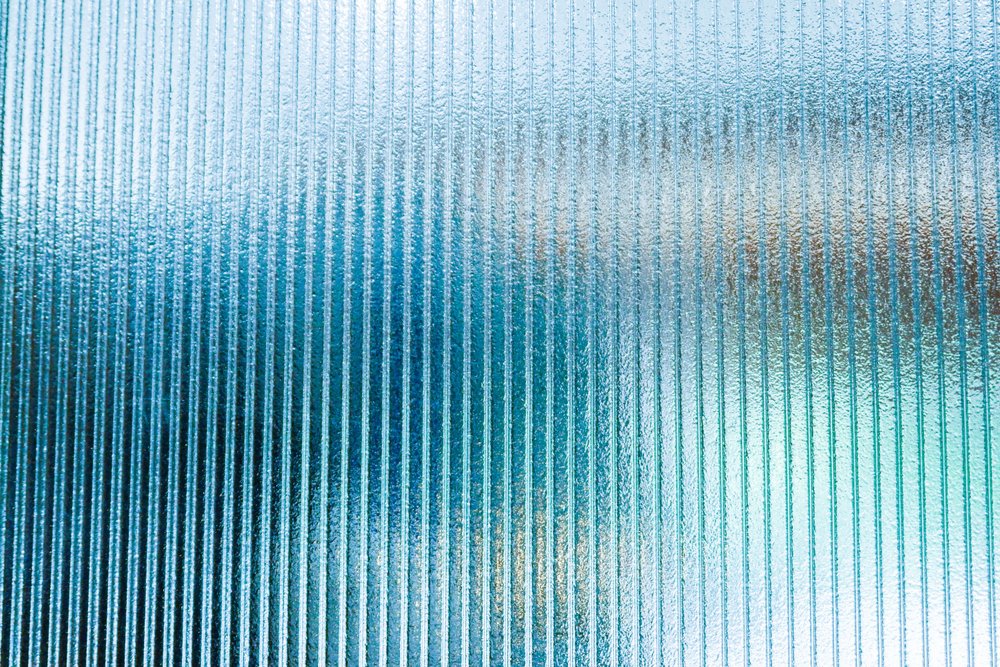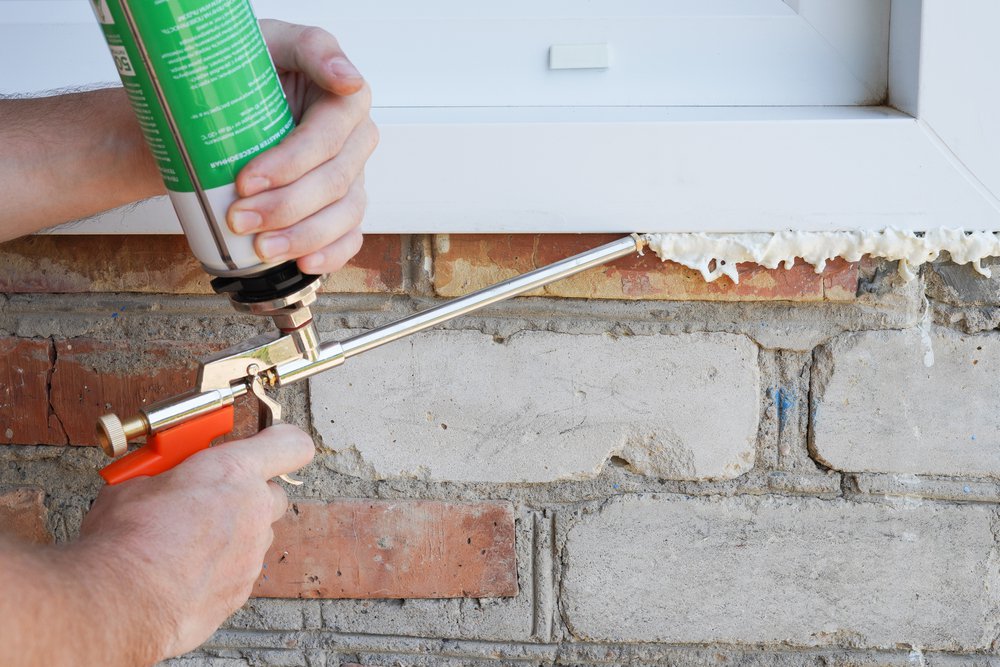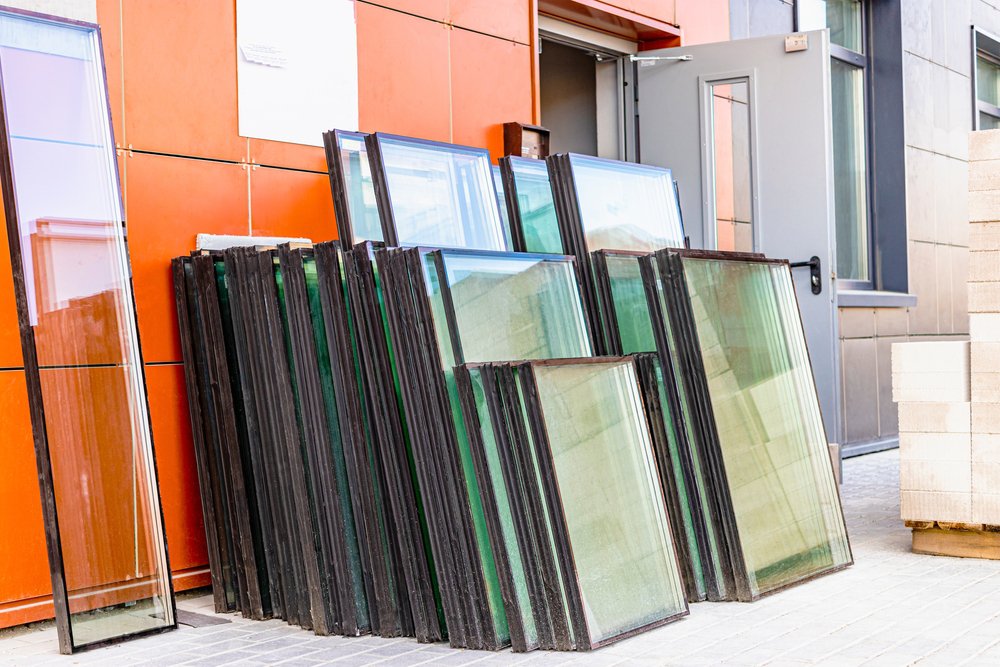Light can transform a space, shaping how people feel, work, and connect within it. Architects and designers continually seek materials that balance beauty with performance, elements that not only enhance form but also function with purpose. Among today’s most versatile solutions, textured glass stands out for its ability to sculpt light, define privacy, and add visual rhythm to interiors.
Beyond surface appeal, this innovative glass material elevates both residential and commercial environments. Its patterns diffuse sunlight naturally, creating luminous spaces that feel open yet comfortable. Each texture tells a design story, merging artistry with engineering precision to deliver durable, high-performing
How Textured Glass Shapes Light and Shadow
Light transforms a space, and when paired with the right materials, it becomes a design element on its own. Textured glass changes how natural light behaves, creating distinctive patterns and dynamic visual effects. Varying surface finishes scatter light to minimize glare while maintaining soft, even illumination throughout interiors.

Each texture introduces a unique rhythm of shadows that adds depth and movement to architectural spaces. Fluted or ribbed designs create structured, linear patterns, while hammered finishes offer natural, organic variations. This versatility allows architects to enhance visual comfort and atmosphere through thoughtful material selection.
By redirecting sunlight strategically, designers can reduce reliance on artificial lighting and improve energy efficiency. The result is a balance of function and beauty that transforms how interiors feel and perform. Textured glass adds dimension to any space, enhancing depth, warmth, and visual harmony in modern architectural design.
Reducing Glare and Improving Light Diffusion
Surface patterns in textured glass diffuse incoming light, reducing harsh reflections and eye strain. Interiors benefit from evenly distributed illumination, supporting both productivity and relaxation. Incorporating textured finishes enhances comfort in offices, schools, and residential living areas.
Diffused light also minimizes UV hotspots, protecting furnishings, flooring, and artwork from fading. Softening sunlight maintains natural ambiance while extending material longevity. Designers value this combination of visual appeal and functional performance.
Strategic selection of surface patterns allows architects to control both brightness and directionality. Designs such as cross-ribbed or frosted textures transform direct sunlight into softer illumination. When used thoughtfully, textured glass enhances privacy while improving the overall quality and warmth of interior spaces.
Why Designers Choose Textured Glass to Add Dimension and Sophistication
Textured glass provides architects and interior designers with versatile options for enhancing both style and functionality. Designers value how textured glass interacts with natural and artificial light, creating dynamic patterns throughout interior spaces. Additionally, it supports modern aesthetics while offering practical benefits such as privacy, glare reduction, and visual interest.
- Enhances depth and visual appeal within residential and commercial environments
- Diffuses light evenly, reducing harsh shadows and glare for improved comfort
- Maintains privacy without compromising transparency or natural light levels
- Integrates with decorative finishes and performance coatings for versatile design
- Offers durable, functional surfaces suitable for partitions, facades, or feature walls
Combining Decorative Finishes with Performance Coatings
Textured glass can be paired with Low-E coatings or other advanced surface treatments to optimize performance. These protective layers enhance energy efficiency, reduce heat transfer, and improve insulation while preserving aesthetic appeal. Durable coatings also help maintain clarity and resistance to wear, ensuring surfaces remain visually consistent even in high-traffic or frequently cleaned environments.
Functional textures contribute to both privacy and design without the need for additional treatments such as blinds or films. Frosted or patterned finishes diffuse light effectively, obscuring sightlines while allowing brightness to flow naturally through interiors. When thoughtfully applied, textured glass unites style, durability, and performance for modern architectural spaces.
Textured Glass in Partitions and Feature Walls
Textured glass creates striking partitions that provide separation while still preserving a sense of openness throughout interiors. Layered patterns allow natural light to filter through while maintaining visual interest and clear spatial definition. Feature walls incorporating texture establish compelling focal points in both commercial and residential design applications.
Designers strategically use glass textures to highlight structural elements or complement existing architectural motifs in a cohesive manner. Materials like ribbed, pebbled, or etched glass interact with lighting to accentuate depth and surface variation. This approach successfully blends artistic expression with practical functionality for enhanced spatial organization.

Facades and Exterior Applications
Textured glass is increasingly applied in building facades to combine aesthetic appeal with functional environmental benefits. It diffuses sunlight entering interior spaces while maintaining clear exterior visibility for both occupants and passersby. Facades featuring textured surfaces create layered visual complexity that enhances the architectural character of modern constructions.
Outdoor applications require a careful balance between durability, safety, and design flexibility in contemporary structures. Combining textures with laminated or tempered glass ensures compliance with performance standards while supporting long-term resilience. Repeating patterns across facades can establish rhythm and harmony, enhancing both visual and spatial continuity.
In addition to aesthetics, textured finishes reduce glare and improve pedestrian comfort around building exteriors. Reflective hotspots are minimized, which contributes to overall energy efficiency and sustainable building practices. Innovative solutions integrate both design and functionality, highlighting eco-friendly glass as a core component of modern architecture.
Building Confidence Through Textured Glass Expertise
Selecting textured glass requires technical knowledge to balance aesthetics, light management, and performance requirements. Understanding texture effects ensures designers achieve desired interior ambiance while meeting energy codes. Proper specification prevents installation errors that could compromise light diffusion or safety.
Architects and contractors benefit from consulting experts when specifying textured finishes. Guidance ensures patterns complement design objectives while maintaining structural and thermal performance. Reliable suppliers provide both decorative options and performance-driven coatings for lasting results.
Insul-Lite Manufacturing™ produces textured glass that merges design artistry with functional strength. Consult Insul-Lite to integrate performance-driven glass textures into your next architectural project. Contact us for detailed guidance and custom solutions.





